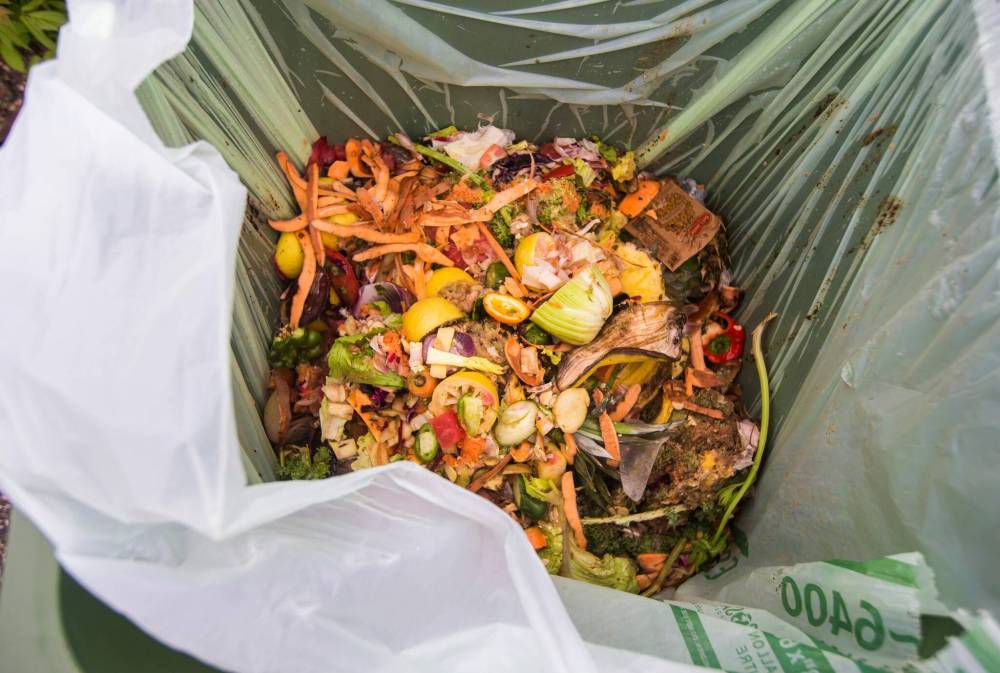
On cold November days, when the broods of nesting birds have fledged from among the brambles, and the growth of plants has slowed ahead of winter, the hedgelayer can get to work. The dense lattices of foliage that keep animals either in or out must be cut, bent and shaped before the birds return in spring and the hedge comes back into leaf. It's a skill that is inextricably tied to the seasons, and means that hedgelayer Paul Lamb is often working in the freezing cold and pouring rain.
It's a sacrifice he's happy to make, though, because, for Paul, a traditionally laid hedge is more than a livestock-proof boundary. "It's a connection to people, place and nature," he says. "When I'm laying a hedge, using techniques that haven't really changed since the Middle Ages, I feel tied to traditional countryside ways.
I see the that lives there, from the nesting birds and voles among the brambles to the barn owls and bats that swoop along its lengths at dusk. I don't really think about the cold." Based in and around Somerset, Paul has been hedgelaying for nearly three decades, since he first tried his hand at the traditional skill at the age of 21.
His childhood was spent in New Zealand, playing in the bush and off the coast, so when his family returned to the UK, he knew he wanted a job working outdoors. "I got my chainsaw licence and then went through the Yellow Pages, phoning small woodland contractors to see if they had any work. One old boy asked me to meet him the next morning," remembers Paul.
"He had this old tin barrel that he filled with wood, lit and then put a battered kettle on top. We worked all day in the coppice, stopping for cuppas made on the makeshift stove. I was enchanted from the first moment.
" However, after the Second World War, farming began to change. Many lowlands turned from livestock to arable, ever-bigger tractors needed space to manoeuvre and thousands of hedgerows were grubbed out. The Woodland Trust estimates that the UK has lost around 118,000 miles since 1950, leaving around half a million miles.
"There were a few hedgelayers when I first started, but it wasn't a full-time job for most of us – the work wasn't there. Instead, it was a skill I learned alongside other woodland management work," explains Paul. "That's begun to change over the past decade, thankfully.
" Government subsidies, the introduction of protective legislation and a growing awareness of the importance of hedgerow habitats have generated a resurgence in planting and maintaining hedges – and not just on farms. "These days, I do a lot of work on smallholdings and boundaries to ," says Paul. "People appreciate the conservation benefits and the craft of hedgelaying.
I think they also realise that a traditionally laid hedge looks a whole lot nicer than a row of conifers!" Like many age-old rural skills, hedgelaying has evolved regional styles over generations. Paul first learnt the South West style – popular in Devon, , Dorset and Somerset – which lays a hedge on top of an earth bank. Moving east, towards Wiltshire and Hampshire, there's the South of England style, staked in the middle with brushwood on both sides.
"In what is traditionally a sheep farming area, this style deters livestock from getting through whichever side of the fence they're on," says Paul. He now favours the Midland style traditionally used for cattle farming, where the brushwood faces to one side and is held tight with a plaited binder to create a hedge sturdy enough to contain the liveliest of young bullocks. It is not only a practical hedge, says Paul, but also the most attractive.
"It's important to me to increase awareness of the craft of hedgelaying and I think the Midland style, with its beautifully woven binders, creates a real showpiece," he says. Paul has raised the profile of hedgelaying by attracting a modern audience on social media. After teasing him about his hand-written advertising sign, his children helped him set up an , where he started to post about the craft and the importance of hedgerow habitats – not to mention his Bedford TK, a former military truck he converted to move around in with jobs.
With its woodburning stove, comfy armchair and "spot for hanging wet gear", it's a haven on the worst of winter days. It's popular with his Instagram followers, too, who number more than 180,000, and he is now in the process of writing a book, due to be published next year by Simon & Schuster. Paul also hopes to help train the next generation in this rural skill.
"I've now started running courses," he says. "It can be a tough job – especially on those cold November days when your knuckles are bleeding – but then I see the sloes on the blackthorn and the oak still clinging to its autumn-coloured leaves. I hear the blackbirds foraging and the kettle whistling on the stove, and I think to myself, 'I wouldn’t be anywhere else'.
" To create a newly planted hedge, tree saplings or "whips" are left to grow for around ten years or to "the thickness of your forearm". Once they are around 3.5 metres high and thick with brambles, they'll need to be stripped out, along with any dead wood and twisted branches.
The dense growth of an older hedgerow presents even more of a challenge – Paul's hands bear the scars of previous battles with thorns. Left alone, new woodland plants and old hedgerows will revert to being a line of trees, so they are chopped, or "pleached", at the base and bent towards the ground. "You cut around four-fifths through, leaving a tongue of living wood at the front edge.
It looks severe, but it's enough for the plant to survive. In spring, all those cuts will send new growth into overdrive to create a really dense hedge," says Paul. The "pleachers" are laid and held in position with a zigzag of hazel stakes.
Paul then adds rigidity to the whole structure with "binders", 3.5-metre hazel rods that he deftly weaves between the tops of the stakes to hold the springy growth in place. Because a hedge is a living, changeable thing, it will always require upkeep.
"Once it's been laid, it can be maintained with an annual trim to retain its structure," Paul points out. "But after around 20 years, it will start to decline and grow upwards, so it will need to be laid again. Each time you're laying the hedge, you're essentially starting its life cycle again, renewing the whole structure.
".














